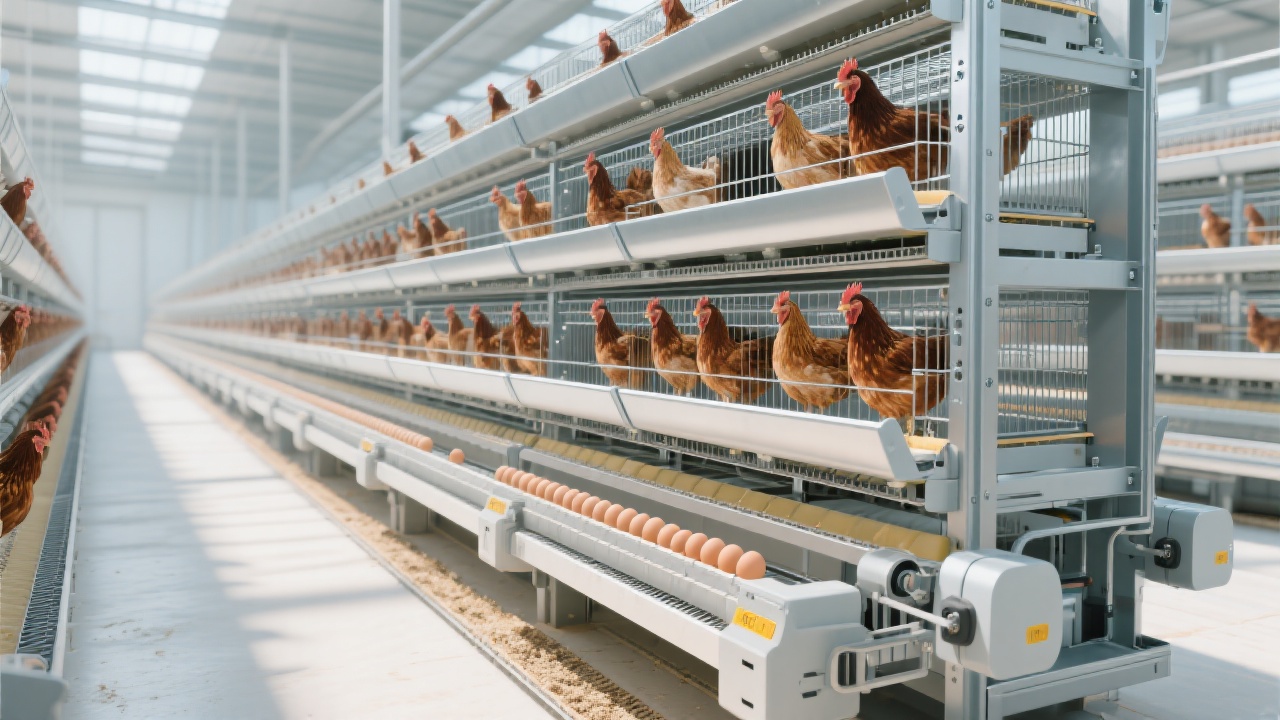
For poultry farmers investing in automated systems, the lifespan of chicken cages isn’t just a technical detail—it’s a critical factor in ROI. According to industry data from the Poultry Science Association, farms using durable equipment report up to 23% lower maintenance costs over 10 years compared to those with frequent replacements. That’s why understanding material science and corrosion protection is no longer optional—it’s essential.
Q235 carbon steel remains the most widely used material in poultry cage manufacturing globally—not because it's cheap, but because it offers an optimal balance of strength, cost, and manufacturability. With a tensile strength range of 370–500 MPa, this grade ensures structural integrity even under heavy loads (typically 15–25 kg per bird in commercial setups). Unlike higher-grade steels that may be over-engineered for cage applications, Q235 provides reliable performance without unnecessary expense.
| Process | Thickness (μm) | Expected Lifespan | Best For |
|---|---|---|---|
| Hot-Dip Galvanized | 60–90 μm | 8–12 years (humid climates) | Moderate humidity environments |
| Aluzinc Coated | 30–50 μm | 15–20+ years (high humidity) | Coastal or high-moisture regions |
While both processes meet international standards like ISO 9001 and CE certification, Aluzinc offers superior long-term performance due to its aluminum-zinc alloy composition, which forms a self-healing protective layer when scratched—a feature hot-dip galvanizing lacks.
A case study from a large-scale farm in Thailand shows how proper care can extend cage life beyond expectations. By implementing simple routines—such as inspecting weld points every 3 months and cleaning drainage channels monthly—they achieved over 18 years of continuous use on their original setup. These aren't luxury practices—they’re basic hygiene protocols that prevent localized rust buildup and mechanical stress.

Don’t underestimate the power of small actions: loose bolts, blocked water outlets, or neglected connections can turn a decade-long asset into a liability in less than two years. Farmers who treat their cages as part of the farm infrastructure—not just hardware—see better outcomes across productivity, labor efficiency, and capital planning.
Pro Tip: Always ask suppliers about coating thickness verification methods—some claim "galvanized" but deliver only 30 μm, far below industry norms. Request third-party test reports before finalizing orders.
If you're evaluating new cages or optimizing existing ones, don’t guess—plan smart. Whether you're building a new facility or upgrading old units, choosing the right materials and maintenance plan makes all the difference.

